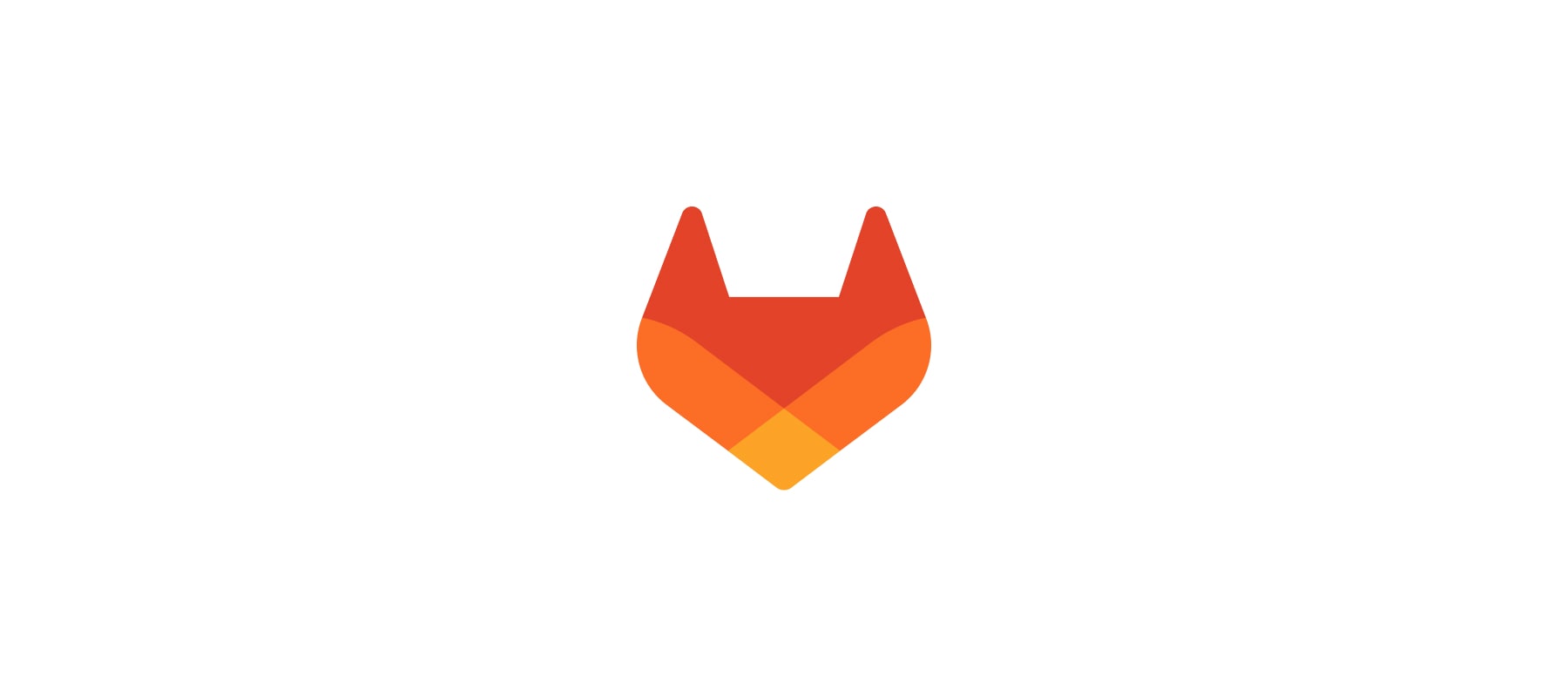Published on: August 4, 2022
7 min read
Decomposing the GitLab backend database, Part 3: Challenges and surprises
This is the final installment in our three-part series about our yearlong project to decompose GitLab's Postgres database.

This blog post is part 3 in a three-part series. It focuses on some interesting low-level challenges we faced along the way, as well as some surprises we found during the migration.
- To read about the design and planning phase, check out part 1.
- To read about how we executed the actual migration and our results, check out part 2.
The challenge with taking GitLab.com offline
One key part of our migration process was to take all systems offline that could potentially talk to the database. This may seem as simple as "shutting down the servers" but given the scale and complexity of GitLab.com's infrastructure this proved to be really quite complex. Here is just a subset of the different things we had to shut down:
- Kubernetes pods corresponding to web, API, and Sidekiq services
- Cron jobs across various VMs
Surprises along the way
Even though we had rehearsed the migration many times in staging, there were still some things that caught us off-guard in production. Luckily, we had allocated sufficient buffer time during the migration to resolve all of these during the call:
- Autovacuum on our largest CI tables take a long time and can run at any
time. This delayed our migration as we needed to gain table locks for our write block triggers.
Adding these triggers requires a
ShareRowExclusiveLockwhich cannot be acquired while the autovacuum is running for that table. We disabled some manual vacuum processes we were aware of ahead of the call but autovacuum can happen at any time and ourci_buildstable just happen to have autovacuum at the time we were trying to block writes to this table. To work around this we needed to temporarily disable autovacuum for the relevant tables and then find thepidfor the autovacuum process and terminate this which allowed our triggers to be successfully added. - Sometimes a long-running SSH session by an SRE or developer can leave open a surprising database connection that needs to be tracked down and closed.
- Cron jobs can be run on various hosts that start rails processes or database connections at any time. We had many examples that were created with different purposes for database maintenance over the years, and we missed at least one in our practice runs. They weren't as easy to detect on staging as they may not all be configured on staging, or they run a lot faster on staging. Also, our staging runs all happened on week days, but our production migration happened on a weekend where it seemed we were deliberately running some database maintenance workloads during low utilization hours.
- Our Sentry client-side error tracking caused us to overload our Sentry server due to many of users leaving open GitLab browser tabs. As the browser tabs periodically make asynchronous requests to GitLab and get errors (since GitLab.com was down), they then send all these errors to Sentry and this overloaded our Sentry error server to the point we couldn't load it to check for errors. This was quickly diagnosed based on the URL all the requests were sent to, but it did delay our migration as checking for new errors was key to determining success or failure of the migration.
Cascading replication doubles latency (triples in our case)
A key initial step in our phased rollout was to move all read-only CI traffic to dedicated CI replicas. These were cascading replicas from the main Patroni cluster. Furthermore, we made the decision to create the standby cluster leader as a replica of another replica in the Main Patroni cluster. Ultimately this meant the replication process for our CI replicas was Main Primary -> Main Replica -> CI Standby Leader -> CI Replica.
This change meant that our CI replicas had roughly three times as much latency compared with our Main replicas, which previously served CI read-only traffic.
Since our read-only load balancing logic is based on users sticking to the primary until a replica catches up with the last write that they performed, users might end up sticking to the primary longer than they previously would have.
This may have served to increase our load on the primary database after rolling out Phase 3.
We never measured this impact, but in hindsight it is something we should have factored in and benchmarked with our gradual rollout of Phase 3.
Additionally, we should have considered mitigating this issue by having the CI Standby Leader replicating straight from the Main Primary or adding the CI Standby Leader to the pool of replicas that we could service CI read-only traffic.
Re-balancing PGBouncer connections incrementally without saturating
anything [Phase 4 of our rollout]phase4_change_request turned out to be one of the trickiest parts of the migration. Since we wanted all phases (where possible)
to be rolled out incrementally we needed some way to [solve for incrementally re-balancing connection pool limits]phase4_gradual_rollout_issue from GitLab -> PGBouncer -> Postgres without exceeding the total connection limit of Postgres or opening too many connections to Postgres that might saturate CPU. This was difficult because all the connection limits were very well tuned, and we were close to saturation across all these limits.
The gradual rollout of traffic for Phase 4 looked like:
graph LR;
PostgresMain[(PostgresMain - Limit K max_connections)]
GitLabRails-->|100-X % of CI queries|PGBouncerMain
GitLabRails-->|X% of CI queries|PGBouncerCi
PGBouncerMain-->|Limit N pool_size|PostgresMain
PGBouncerCi-->|Limit M pool_size|PostgresMain
We wanted to gradually increase X from 0-100. But this presented a problem, because the number of connections to the PostgresMain DB will change with this number.
We assume it has some initial limit K connections, and we assume this limit is deliberately just high enough to handle the current connections from PGBouncerMain and not overload the CPU. We need to carefully tune N and M pool_size values across the separate PGBouncer processes to avoid overloading the limit K, and we also need to avoid saturating the
Postgres server CPU with too much traffic. At the same time, we need to ensure there are enough connections to handle the traffic to both PGBouncer pools.
We addressed this issue by taking very small steps during low utilization hours (where CPU and connection pools weren't near saturation) and doing very detailed analysis after each step. We would wait a day or so to figure out how many connections to move over with the following steps, based on the number of connections that were used by the smaller step. We also used what data we had early on from table-based metrics to get an insight into how many connections we thought we'd need to move to the CI PGBouncer pool.
In the end, we did need to make small adjustments to our estimates along the way as we saw saturation occur, but there was never any major user-facing saturation incidents, as the steps were small enough.
Final thoughts
We're very happy with the results of this project overall.
A key objective of this project, which was hard to predict, was how the complexity of an additional database might impact developer productivity. They can't do certain types of joins and there is more information to be aware of.
However, many months have now passed, and it seems clear now that the complexity is mostly abstracted by Rails models. With continued large number of developers contributing, we have seen little-to-no impact on productivity.
Combining this success with the huge scalability headroom we've gained, we believe this was a great decision for GitLab.
More reading
This blog series contains many links to see our early designing, planning, and implementation of various parts of this project.
GitLab's transparency value means you can read all the details and get a sense of what it's like to work on projects like this at GitLab. If you'd like to know more or something was unclear, please leave a comment so we can make sure we share all our learnings.
You can read more details in the Phase 4 change request and in the Phase 4 gradual rollout issue.
We want to hear from you
Enjoyed reading this blog post or have questions or feedback? Share your thoughts by creating a new topic in the GitLab community forum.
Share your feedback
